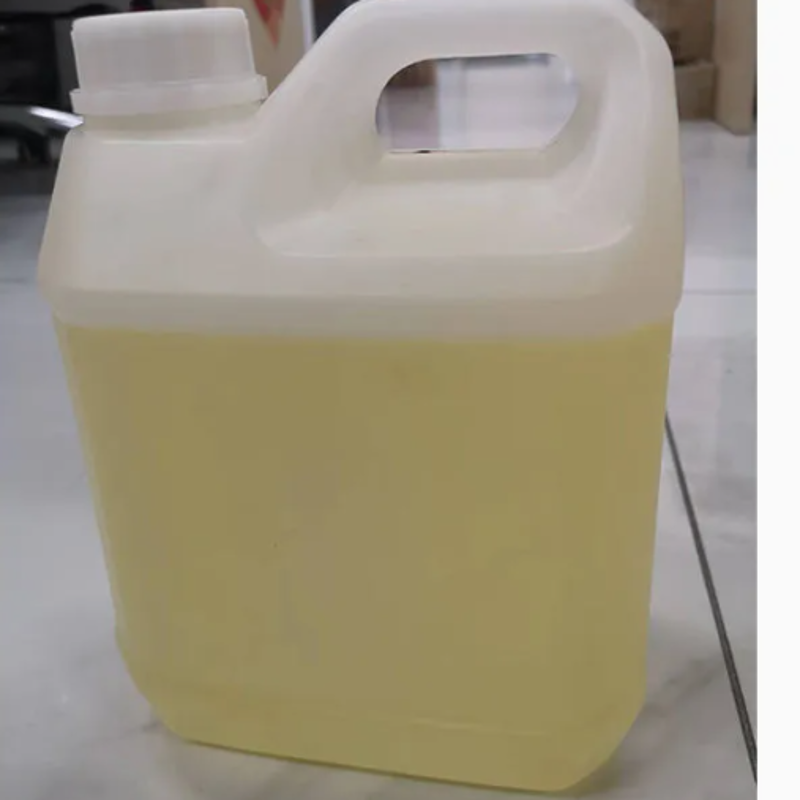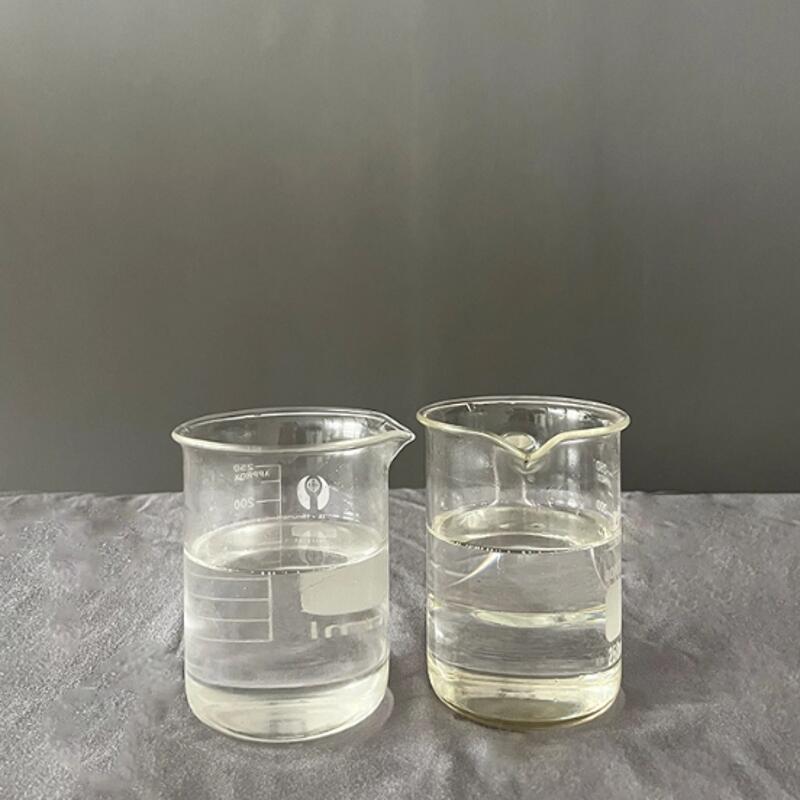-
Categories
-
Pharmaceutical Intermediates
-
Active Pharmaceutical Ingredients
-
Food Additives
- Industrial Coatings
- Agrochemicals
- Dyes and Pigments
- Surfactant
- Flavors and Fragrances
- Chemical Reagents
- Catalyst and Auxiliary
- Natural Products
- Inorganic Chemistry
-
Organic Chemistry
-
Biochemical Engineering
- Analytical Chemistry
-
Cosmetic Ingredient
- Water Treatment Chemical
-
Pharmaceutical Intermediates
Promotion
ECHEMI Mall
Wholesale
Weekly Price
Exhibition
News
-
Trade Service
How big is the propylene gap?
How big is the propylene gap?Table 1 2016-2020 propylene supply and demand balance table 10,000 tons
In 2020, the total propylene production capacity will reach 45.
18 million t/a, a year-on-year increase of 11.
25%; propylene production will reach 38.
26 million t/a, a year-on-year increase of 12.
89%
.
The main reason for the decrease in the total imports of propylene monomers in 2020 is that due to the impact of the domestic epidemic at the beginning of the year, the downstream demand was extremely poor, resulting in a decrease in the number of imported cargoes
.
In 2020, the highest price of propylene in the whole year was 8,150 yuan/t, the lowest price was 5,100 yuan/t, and the average price was 6,791 yuan/t.
Compared with the same period in 2019, the highest price was 8,300 yuan/t, the lowest price was 6,400 yuan/t, and the average price was 7,453 yuan.
/t decreased by 1.
81%, 20.
31%, 8.
88%
.
·Analysis of propylene market demand·
·Analysis of propylene market demand·Table 2 Downstream consumption of propylene in China in 2020
The main products downstream of propylene are polypropylene (PP), butanol, propylene oxide, acrylonitrile, acrylic acid, etc.
The proportion of their consumption in 2020 is shown in Table 2
.
In 2020, domestic and foreign countries will be seriously affected by the new crown epidemic, and the demand for durable goods such as automobiles and home appliances will decline sharply.
Most foreign countries will show negative growth in propylene, polypropylene and downstream derivatives, while China is the only country that maintains positive growth in demand for propylene and polypropylene
.
This is mainly due to the better control of the domestic epidemic and the rapid economic recovery.
Although the domestic demand for traditional durable goods has declined slightly, the consumption of medical treatment, online shopping, and takeaway packaging has stimulated the demand for polypropylene
.
· "14th Five-Year Plan" China's propylene market prospects ·
· "14th Five-Year Plan" China's propylene market prospects ·From the perspective of supply, during the "14th Five-Year Plan" period, the production capacity of China's propylene industry will continue to expand, and the industrial chain will continue to develop towards large-scale, upstream and downstream integration.
The total production capacity will reach 68.
58 million t/a
.
Different from the growth mode of propylene during the "13th Five-Year Plan" period, due to the long-term low price of crude oil, and the country will fully promote the carbon emission trading market during the "14th Five-Year Plan" period, the coal-based olefin production process faces greater challenges.
The pressure will be more conducive to the oil-to-propylene production route and the propane dehydrogenation process route, especially the propane dehydrogenation production process will become the investment hotspot of the propylene industry during the "14th Five-Year Plan" period.
The dehydrogenation capacity will exceed the catalytic cracking process and become the second largest production route of propylene in China
.
From the perspective of demand, polypropylene is the main driving force for the rapid growth of domestic propylene consumption during the "Twelfth Five-Year Plan" and "Thirteenth Five-Year Plan" period, while the consumption growth rate of other downstream products is relatively stable
.
During the "14th Five-Year Plan" period, as the national economy has entered a stage of high-quality development, the development speed of traditional consumption fields such as automobiles and household appliances has slowed down, and local governments have accelerated the promotion of plastic restriction and plastic ban policies, which have played a negative role in the growth of downstream consumption of propylene , it is expected that the growth rate of propylene demand will drop sharply to about 4% during the "14th Five-Year Plan" period, and by the end of the "14th Five-Year Plan" period, the equivalent consumption will reach about 55.
9 million t
.
As the new production capacity of propylene downstream products in China is mainly polypropylene, and polypropylene is still mostly bulk material, the high-end and differentiated products are insufficient
.
It is expected that during the "14th Five-Year Plan" period, the propylene production capacity will greatly exceed the equivalent consumption, the import gap will continue to narrow, the competition in the industrial chain will be fierce, and the domestic market will have excess capacity for bulk materials and high-end products rely on imports
.
·Analysis of propylene production technology·
·Analysis of propylene production technology·Figure 1 Profitability comparison of various propylene processes in China in 2020
With the rapid development of emerging production process routes such as coal-to-propylene and propane dehydrogenation, a diversified pattern of propylene production in China has been formed
.
At present, China's propylene production process is mainly divided into two categories: traditional production process route and emerging propylene production process route
.
The traditional process route is mainly oil-to-propylene route based on steam cracking process and catalytic cracking process
.
The emerging process routes are mainly coal (methanol) to olefins and propane dehydrogenation, olefin disproportionation and olefin cracking as supplementary non-oil to propylene routes
.
In 2020, the newly added propylene production capacity and proportion of various production process routes in China are shown in Table 2
.
The new production capacity of propylene in 2020 is mainly based on oil-to-olefins and propane dehydrogenation processes, of which steam cracking, catalytic cracking and propane dehydrogenation accounted for 52.
33%, 14.
41% and 22.
25% respectively; The proportion of new production capacity in the propylene process fell sharply, accounting for only 9.
96%
.
This is mainly due to the sharp drop in international crude oil prices, which is conducive to large-scale refining and chemical integration projects and the production route of propane dehydrogenation, and puts greater pressure on the coal (methanol)-to-propylene process
.
In the long run, international crude oil will operate at a low level for a long time, and there is great uncertainty in the economics of the coal (methanol) to propylene process route.
At present, many coal chemical projects are suspended, delayed or wait-and-see
.
The olefin projects that have been clearly cancelled in 2020 include Sinopec Great Wall Energy Chemical (Guizhou) Co.
, Ltd.
600,000 t/a olefin project and Shanxi Coking Coal Group Feihong Chemical 600,000 t/a coke oven gas-to-olefin project
.







